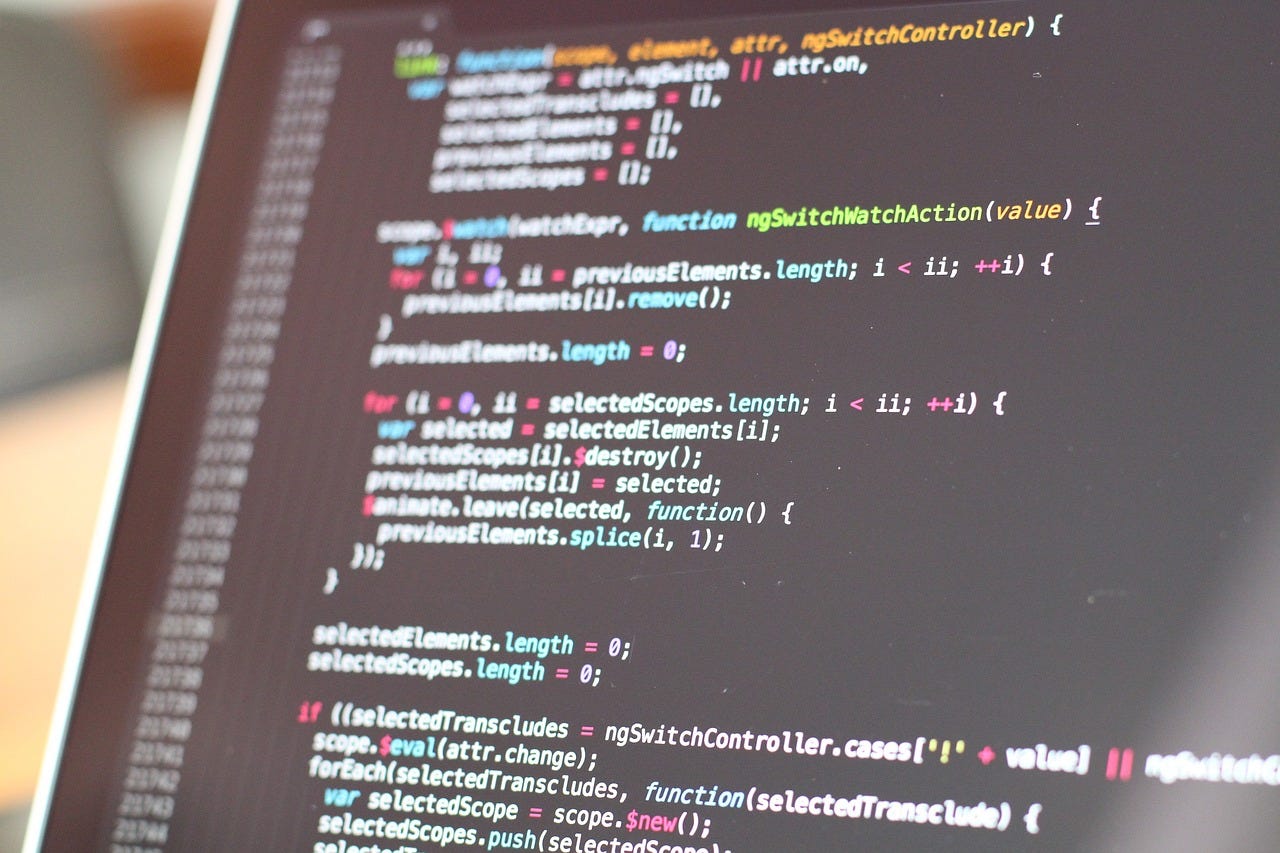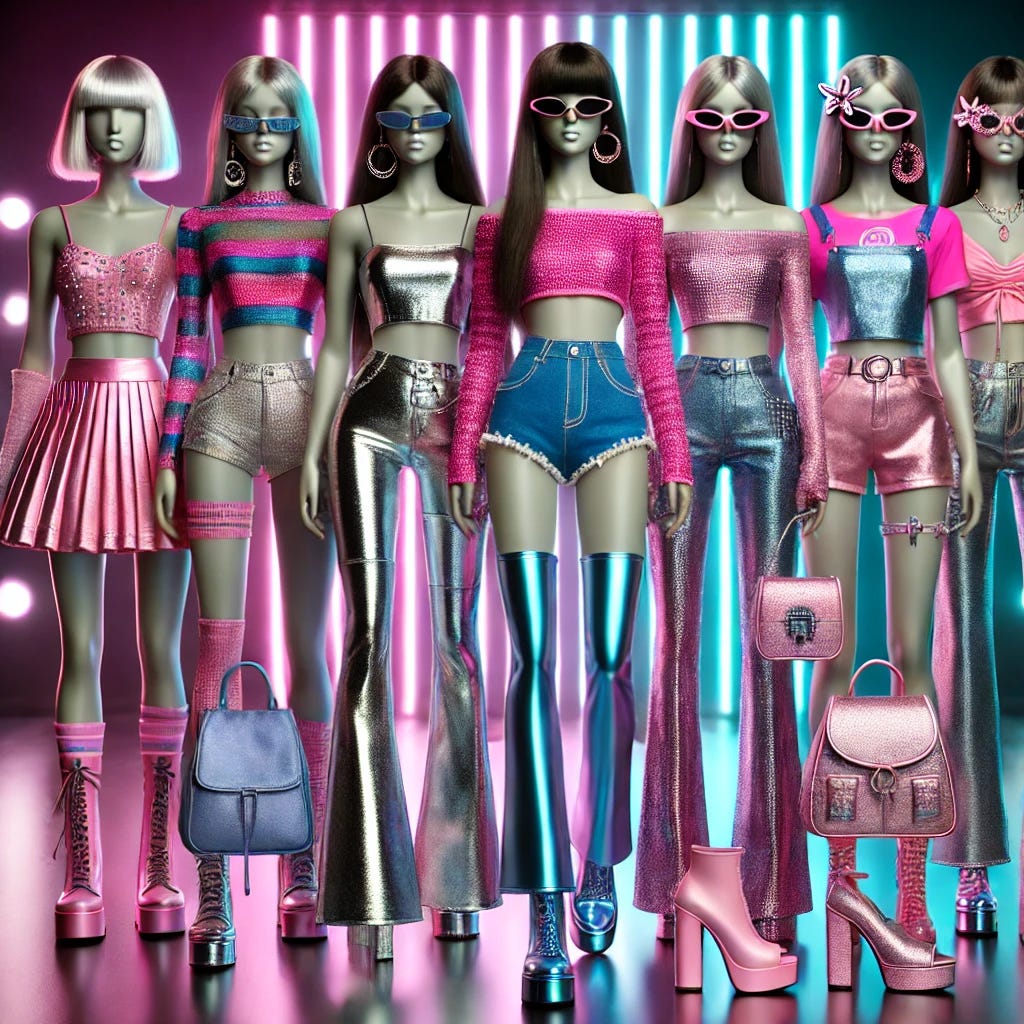The Art of Fashion in the Age of AI
Balancing Creativity and Data in a Changing Industry

Fashion is a medium that blends cultural influence and artistic risk-taking to create beautiful art. Designers incorporate their lived experiences into their art, pushing boundaries, and causing trends to emerge from places no algorithm could predict. As artificial intelligence becomes more embedded in the industry, it is reshaping both trend forecasting and design. AI offers efficiency and data-backed decision-making, but should it dictate what is fashionable and even generate designs?
Trend forecasting has always been an intuitive process, it relies on a deep understanding of cultural shifts and historical cycles. Forecasters study everything from music and film to political movements and economic trends, in order to predict what consumers may gravitate toward next. This approach carries an inherent level of uncertainty, and investing in a trend that fails to resonate with consumers could result in massive financial losses for brands and retailers.

AI has transformed this process, companies like Heuritech, use machine learning to scan millions of social media posts and search engine queries to identify patterns in real-time. Instead of relying on human intuition, these algorithms analyze vast amounts of data to detect early signs of emerging trends. For instance, Heuritech’s AI is able to track how often a specific color or silhouette appears in Instagram posts, determining whether it is gaining traction or fading into obscurity. This level of precision reduces uncertainty and ensures that brands invest in trends backed by concrete data, which allows retailers to optimize inventory and avoid overproduction.
AI-driven trend forecasting may homogenize fashion, when every brand is dependent on the same algorithms and data sources, the industry risks producing collections that feel repetitive. Most significant fashion movements, such as the grunge aesthetic of the 90s, came from rebellion, not data analysis. If designers only create what AI predicts, there is little room for innovation that defines fashion history.
Furthermore, the rise of AI in fashion raises ethical concerns about originality. If an AI-generated design is based on thousands of existing pieces, where does the line between inspiration and plagiarism lie? Designers draw influence from past eras, but they reimagine them through a contemporary lens. AI, on the other hand, cannot create something truly new, it can only rearrange pre-existing elements into something that feels new. This challenges traditional creativity and intellectual property in fashion.
Beyond forecasting, AI has stepped into the role of designer. Machine learning models analyze thousands of past collections and sales data to generate new fashion pieces that align with market demand. Balenciaga, and accessible brands such as H&M, have already tested AI-assisted design, using algorithms to suggest designs and fabric choices. AI allows people to streamline the design process, reducing the time it takes to conceptualize and produce new collections. It can also help brands create personalized clothing based on consumer preferences, ensuring that products align with what shoppers actually want.
This begs the question: can AI truly create fashion, or is it merely recycling what already exists? Unlike human designers, AI does not possess intuition, cultural awareness, or emotional depth. It cannot be inspired by personal experience or a political statement. Instead, it relies entirely on past data, meaning it is inherently derivative rather than innovative.
Fashion has always been deeply personal. Designers introduce new ideas, not because data told them to, but because they are visionaries responding to the world in ways no algorithm could anticipate. The most groundbreaking designs have come from individuals willing to defy conventional norms. Vivienne Westwood’s punk aesthetic was not created based on what was already trending, but as an act of defiance against the status quo. She didn’t look at data to determine what would sell, but was rather inspired by London’s underground scene and used fashion as a form of protest. Her DIY aesthetics, ripped fabrics, and anarchic designs weren’t calculated for mass appeal; they were a rebellion against conformity, infused with attitude and cultural meaning. Designers infuse their collections with their own struggles and perspectives, and their choice to use certain fabrics or embellishments often reflects a deeper story. When AI takes over the design process, the emotional connection is lost. An algorithm may generate a perfectly balanced composition, but it lacks the raw emotion that makes fashion an art form.
While AI is undeniably transforming the fashion industry, its role should be that of an assistant rather than a replacement for human creativity. Designers should use AI as a tool to enhance their work such as optimizing the production process or assisting with technical aspects of design, while the heart of fashion must remain human. Fashion should not become a purely data-driven industry where only the most commercially viable designs survive. Instead, it should continue to embrace experimentation and the unpredictable magic that happens when human vision collides with the world around it. If the industry becomes too reliant on AI, it risks losing the artistry that makes fashion a reflection of who we are.
References
“Heuritech, Trend Forecasting Solution for Fashion and Luxury.” Heuritech, heuritech.com.
LeBlanc, Kevin. “At Balenciaga, Real Clothes for Fake Times.” ELLE, 4 Mar. 2024, www.elle.com/runway/a60077727/balenciaga-fall-winter-2024-paris-fashion-week-review/#.





